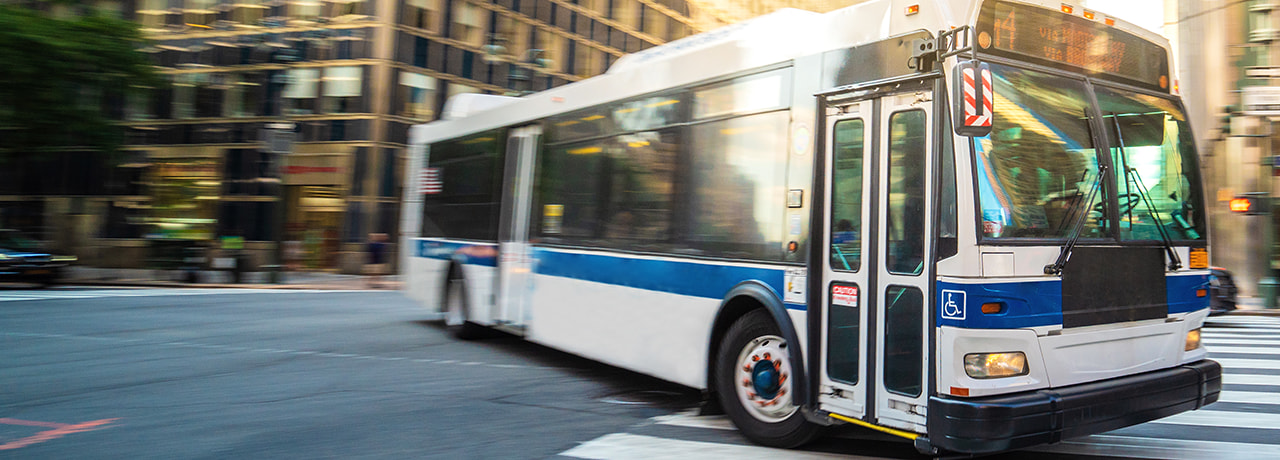Thermo King Hub & Armature’s for Bus HVAC Applications

The purpose of the hub & armature used on the Thermo King AC compressor is to transmit the correct amount of torque to the compressor so the compressor functions properly and at full capacity. When engaged, the field coil acts as a magnet to pull the armature to the rotating pulley thereby transmitting torque from the pulley into the crankshaft of the compressor.
To be an effective Hub and Armature assembly, the armature must be flexible enough to sustain continuous engagement of the compressor and enough surface area to create the friction needed to grip the pulley to eliminate slippage that can cause damage. The Thermo King Hub and Armature was designed specifically to accommodate the power of the AC compressor. The 2 spring design and larger rivet heads provides superior flexing. 2 thinner springs are utilized to allow for independent flex of each and provides a thicker over all cross section versus using a single thicker spring. The enhanced flexibility puts less stress on the armature and reduces fatigue significantly.
In a friction environment, too much fatigue and not enough surface friction can cause increased slippage which results in metal-on-metal grinding and overheating. The extreme heat can lead to the potential of clutch burn-out, warping of the armature and can liquefy the grease in the clutch bearing of the pulley and can ultimately lead to compressor shaft seal failure, locking of the pulley and potential risk of a thermal event.
The larger surface area, thinner springs and larger rivet heads were designed by Thermo King specifically to accommodate the capacity of the compressor and the functionality of the pulley, field coil and all peripheral components. Unlike competitors that have attempted to copy the Thermo King hub & armature design, was created based on the knowledge of how each part within the system interacts with one another as well as the downstream consequences that can affect the performance of the critical and most expensive components, such as the compressor. The transit authority must determine the trade-off between a somewhat higher upfront cost of the part and the potential of unforeseen more expensive failures and unscheduled loss of service.



